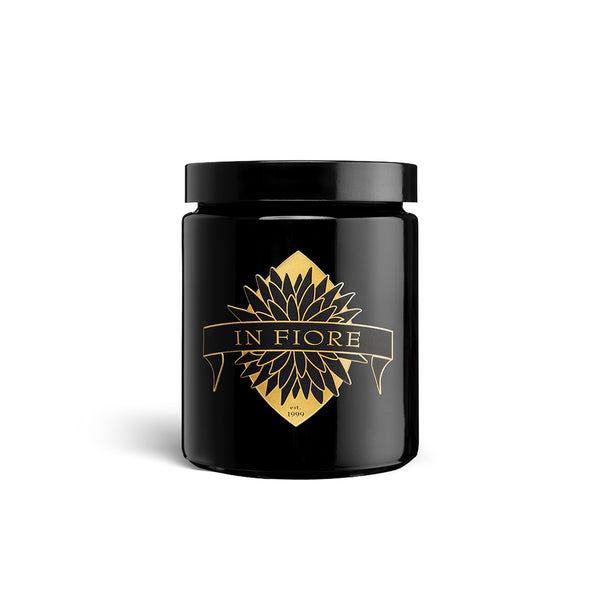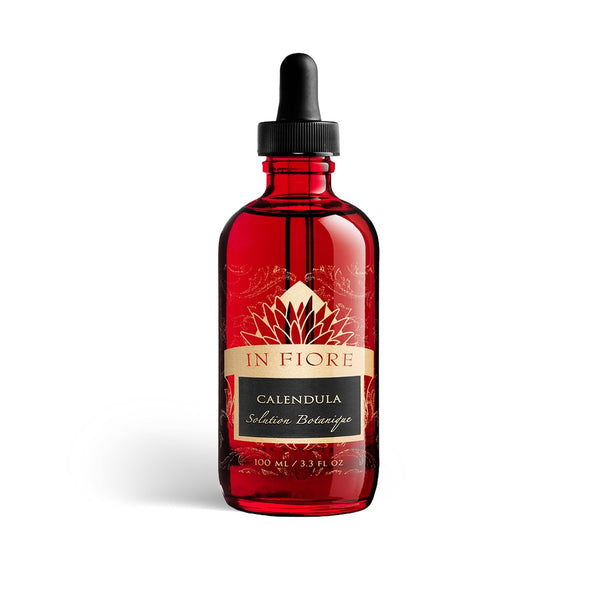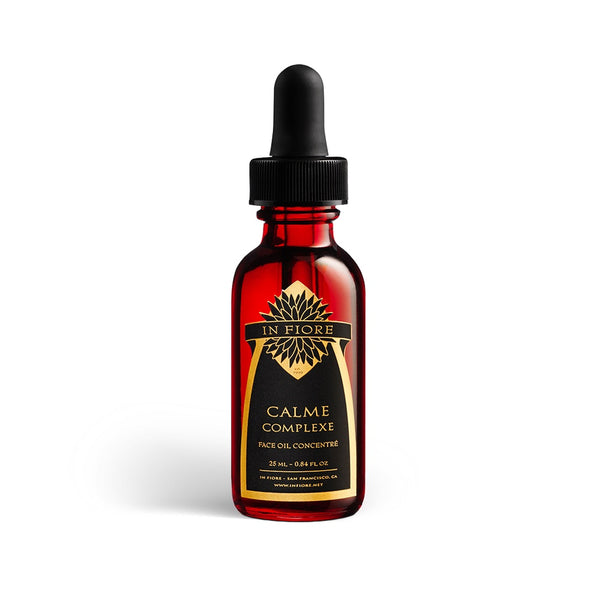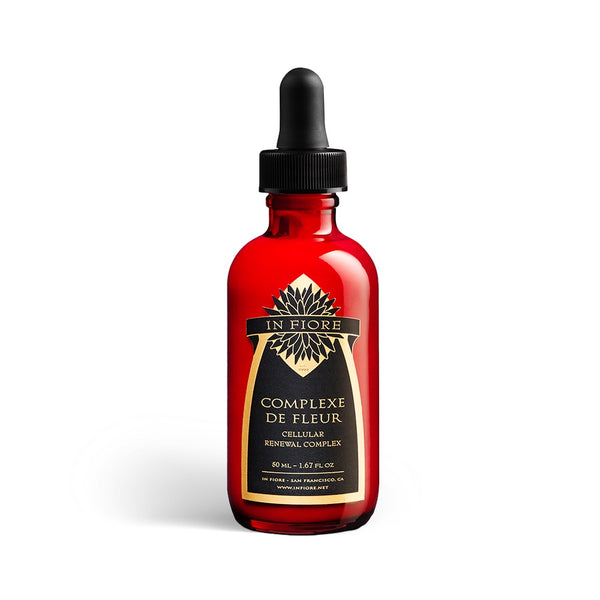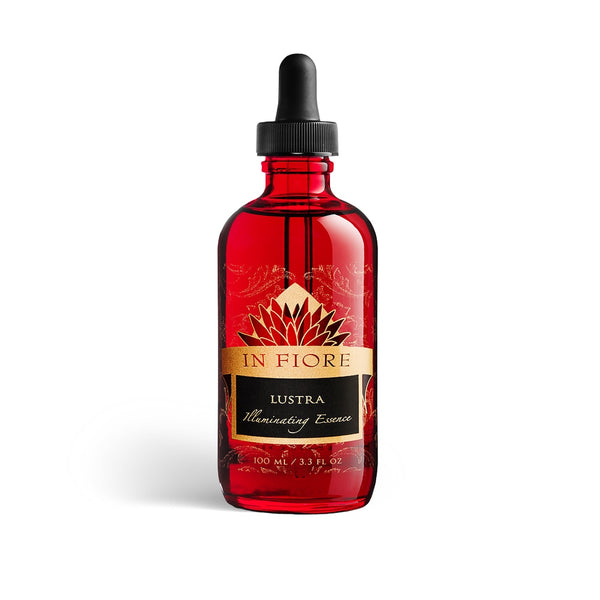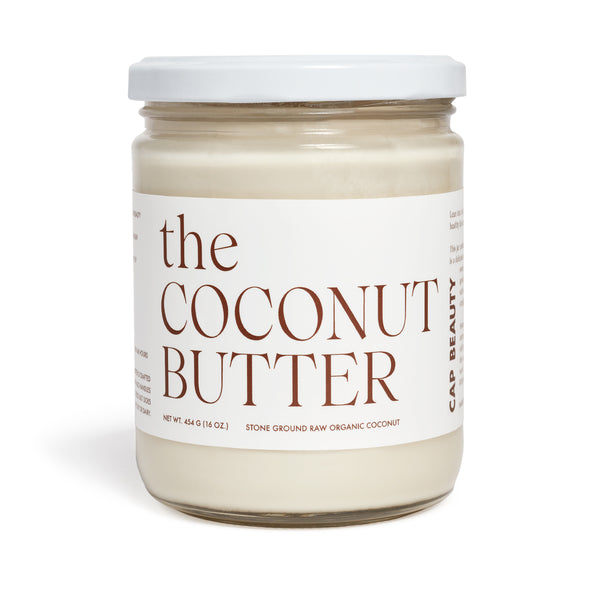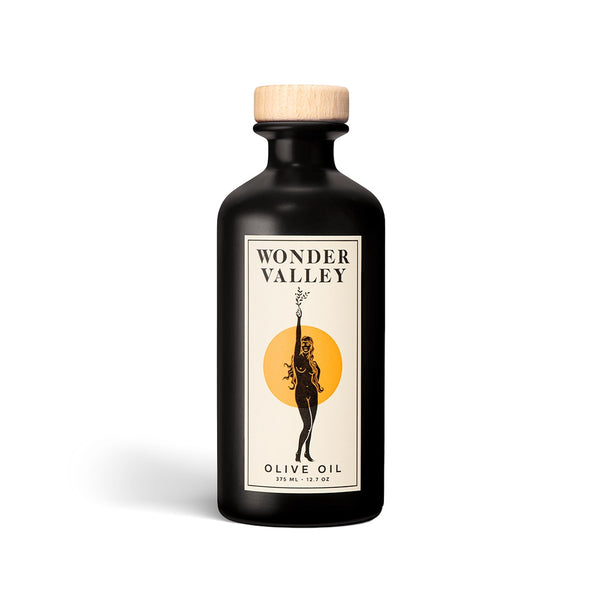Congratulations on your new book, Good Drinks. Can you share a bit about it and what inspired you to write it?
Thank you! Like many people, I have a complicated relationship with alcohol—so complicated that I've decided to remove it from my life. Serendipitously, that right around the time I did this, alcohol-free mixed drinks were starting to be taken more seriously. Bartenders were (and still are) pushing against the boundaries that had previously limited “mocktails” (bleh) to syrup-laden juices or glorified Shirley Temples, and consumers—sober or not—were getting curious. I knew I wouldn't be writing the first book on non-alcoholic drinks, but I also knew that my work could capitalize on this newfound acceptance and energy. So I went out there, tasted and talked to experts, gathered and tested recipes, and put it all together. I see the book as a coming out party for an audience of people who have been underserved (and, in the worst cases, treated like second-class citizens), and a celebration of, well, good drinks!
What is the first meal that you remember?
My grandfather Bainbridge's second wife was Chinese. (They married before I was born, so I was lucky enough to have two grandmothers on that side.) When I was young, I loved not only going to the Chinese grocery store with her, but also, of course, eating whatever she cooked! There was a very simple chicken and zucchini stir-fry she would make and serve with rice; with the ginger and scallions and sesame seeds—things my mother didn't cook with every day—it tasted so exciting to me at the time. Photo by Julia Bainbridge
Photo by Julia Bainbridge
What is your food philosophy?
Goodness, what a big question! Too big, in fact, for me to answer, so I'll instead just share one conviction: I do not believe in guilty pleasures. (I very much believe in pleasure!)
What is your connection to alcohol?
We are disconnected at the moment.
How do you want these drinks to fit into people's lives?
However they want them to! The reasons you reach for a nonalcoholic drink are just as diverse as the reasons you reach for an alcoholic drink, and should be given the same attention. That's why I organized the book by times of day: Sometimes you drink to relax, to connect, to let loose, to toast the end of the day, etc. I've provided options to satisfy each of those diverse needs. But take my advice with a grain of salt. Drink these beverages whenever you want!
How do you start your day?
This feels like a very un-CAP answer: I start my day by splashing cold water on my face and brushing my teeth, then getting back in bed and checking emails on my phone before I make coffee. Not very healthy! Sorry, Kerrilynn!
My more, perhaps, soulful answer to this question is that, when I'm with my boyfriend, I wake up to his scent. I open my eyes, turn to him, and breathe in the warmth from the back of his neck. It's simultaneously comforting and enlivening and I can't get enough of it.
What's always in your fridge?
Eggs.
What’s always in your pantry?
Tinned fish.  Photo by Julia Bainbridge
Photo by Julia Bainbridge
What do you turn to, to make you feel your best?
I turn the lights down low, turn the music way up, and dance, preferably to something with an almost assaulting beat.
This book seems so timely, in regards to how people drink. Did you imagine that when you set out to write it?
I of course didn't imagine the pandemic, which has had an affect on how we're drinking, but, thinking about the Before Times? Yes, I imagined that when I set out to write it. A striking data point: Google Trends found that searches for "non-alcoholic” increased 81 percent from 2018 to 2019.
Look at the popularity of Dry January. I think the argument could be made that it shows just how difficult it is to consume alcohol, which is a highly addictive substance, in a healthy way with ease. It's not *ab*normal to develop *some* kind of drinking problem, and that's perhaps why Dry January has become such a welcome—needed?—pause. Now we have Sober October in addition to Dry January. And, eventually, there won't need to be a dedicated month; people will, like many in my circle are already doing, evaluate their relationships to alcohol in an ongoing fashion.
The way America drinks is constantly changing, and wildly so. “Every century, our drinking pendulum—the radical change in our relationship to alcohol—swings,” Susan Cheever writes in her revelatory Drinking in America. We went from the drunkest country in the world to one that outlawed drinking (with disastrous results), then back to excess in the ‘50s and ‘60s. And “[a]lthough in the twenty-first century there are more laws and more stringent social controls on drinking than there have ever been in our history,” writes Cheever, “we are drinking enough to make alcoholism a significant health problem.” This is still true today, but Cheever’s book came out in 2015, before national survey data was published reflecting albeit small declines in heavy alcohol use, and before this most recent conversation about moderation began. Might we be moving in a more balanced direction—for real?  Photo by Theodore Samuels
Photo by Theodore Samuels
When you go out to a restaurant or bar, what drink do you order?
Soda water with three dashes of bitters and a lime wedge. Even dive bars are guaranteed to have those ingredients.
What are some of your favorite cookbooks?
Anita Lo's Solo, which is all about cooking for one—and good God she's funny. The headnotes are such a joy to read.
Anything by Andrea Nguyen, who really understands how the home cook shops and thinks. I mean, damn, that woman can write a recipe!
Toni Tipton-Martin's Jubilee, an essential and delicious history lesson about African American cooking.
Fannie Farmer, the cookbook of my childhood.
Go-to meal that you make for yourself more often than not?
A bowl of rice drizzled with perilla oil; two jammy boiled eggs; and whatever pickles are in the fridge, usually kimchi. Maybe I'll add some kale if I marinated it the night before. Another go-to: sardines on toast with some kind of crunchy salad (radishes, parsley, preserved lemon, thinly sliced fennel if I have it, capers if I have them).
How do you end your day?
In the bathtub. Or, if the boyfriend's here, another whiff of the neck.
Please share a favorite recipe.
* I have made my friend Andy Baraghani's recipe for Poached Cod in Tomato Curry four times in the past couple of months. It's so easy, so nourishing, so deliciously savory.
* I also can't stop making Raquel Pelzel's vegan broccoli soup with leeks and potatoes, from her book Umami Bomb. I have brought some to my hair stylist, to the nice young woman who works at my post office, and to a friend suffering through Covid who said it was the first thing she could really taste in a while. It's creamy from blitzed up cashews and has a rich, almost cheesy note from nutritional yeast.
* But, from my book? The cover girl is the simplest and best: Combine 2 ounces white verjus, 2 ounces soda water, and 2 ounces tonic water in a wine glass filled with ice. Garnish with a lemon twist. Boom! It's called, simply, the Verjus Spritz and comes from Adam Chase at Corvino Supper Club in Kansas City, Missouri. Verjus, for those who might not know, is the juice of grapes that aren't yet ripe enough for wine production. (Between three and five weeks before grapes are ready for harvesting, winemakers thin the vines so that the remaining grapes have a better chance of concentrating their sugars. The trim, in some cases, becomes verjus.) Red verjus is rich and stone fruit-like; white verjus is crisp and tart. Overall, verjus has a more mature vibe than plain-old grape juice.
 Drink images by Alex Lau
Drink images by Alex Lau

